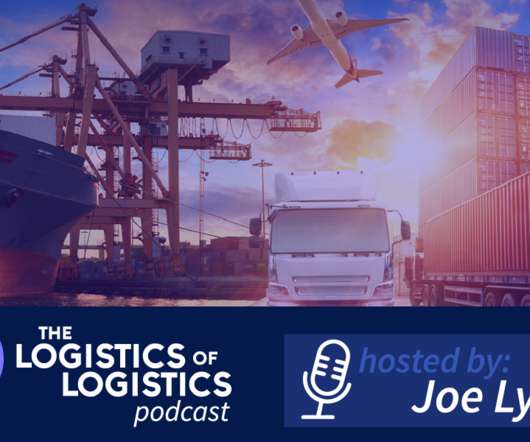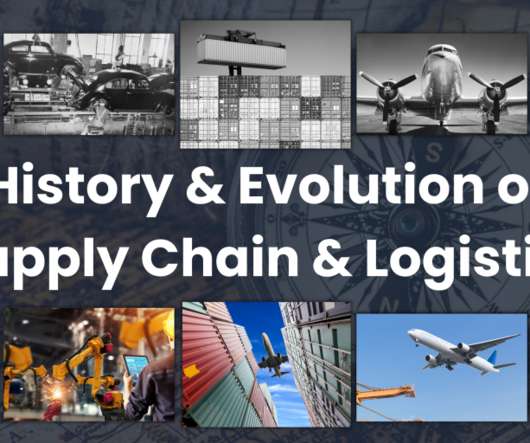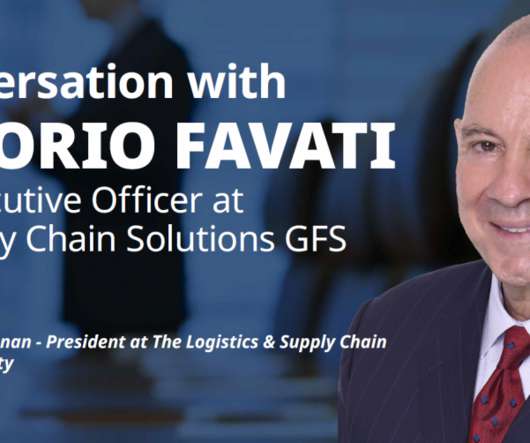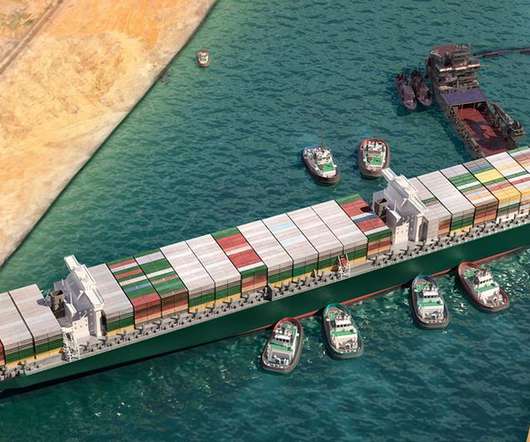FreightTech Reality Check with Brad Forester
The Logistics of Logistics
NOVEMBER 22, 2023
Brad is a highly recognized senior supply chain leader with over 23 years of managing, designing, and implementing freight transport technology. JBF Consulting has been helping shippers select, implement, and optimize logistics systems since 2003. Brad has a BA in Logistics Management from Michigan State University.

















Let's personalize your content